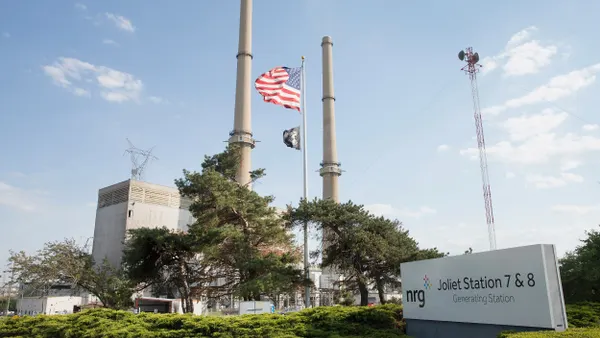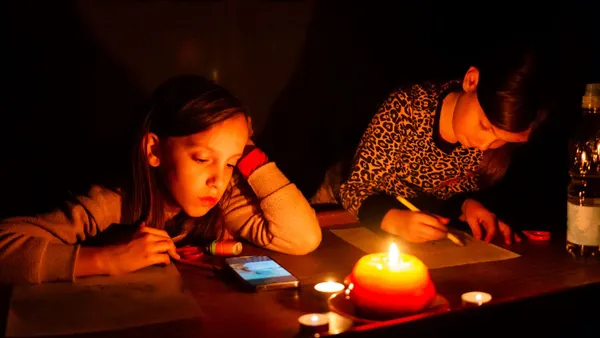Dive Brief:
- Xcel Energy on Tuesday announced plans to invest $1.7 billion in transmission in order to unlock 5,500 MW of largely new renewables projects in its Colorado footprint.
- The proposal includes five new segments of high voltage transmission lines to connect more rural, renewables-heavy areas with more urban regions of the state. In total, the proposal would comprise a 560 mile, 345 kV transmission line that will allow the utility to reduce emissions in its Colorado territory by an estimated 85% below 2005 levels by 2030.
- Xcel executives in the company's most recent earnings call had said the utility would be able to reduce emissions across its entire footprint 80% by 2030, in line with its current carbon reduction targets.
-
Dive Insight:
Xcel has a goal of cutting carbon emissions entirely by mid-century, in line with a number of other utility climate aims, and estimated in its latest earnings that it had reached a milestone of reducing half its emissions below 2005 levels by the end of 2020. On Tuesday, the utility unveiled part of its Colorado plan, which is heavily focused on upgrading transmission in order to maximize renewable energy's reach on the grid.
The new transmission lines will bring power from the more rural north central, eastern and southern Colorado regions to its more urban areas.
"These rural counties are rich with renewable energy resource development potential, but do not currently have a network transmission system that can integrate new resources needed to meet the state's clean energy goals," Xcel said in its press release. The plan is a cooperative effort between other utilities in the state as well, including Tri-State Generation and Transmission Association, Colorado Springs Utilities, Black Hills Energy and Platte River Power Authority.
"For Tri-State and our members, the benefits of a joint project include greater reliability and more capacity to deliver power across our interstate transmission system, while providing the ability to connect the additional renewable resources needed to achieve our clean energy and emissions reduction goals while driving investment in the rural communities we serve," Tri-State CEO Duane Highley said in a statement.
Xcel has filed with Colorado regulators in order to secure the necessary permitting. If approved, the system will cross more than a dozen counties. Construction will begin as early as 2023 and the first segment is estimated to be in service by 2025, with other segments coming online in 2026 and 2027.
Although Xcel and other utilities are aiming to cut emissions by mid-century, their goals lag behind President Joe Biden's plan, which is to bring the power grid to 100% carbon-free electricity by 2035. Xcel CEO Ben Fowke has previously said he is skeptical of this timeline.
"2035 is like tomorrow in utility-land as far as technologies go," he said during last quarter's earnings call. "Honestly, I think it is a very much of a stretch goal based upon the way I see the horizon in front of us."
However, he added, "I never bet against technology."













